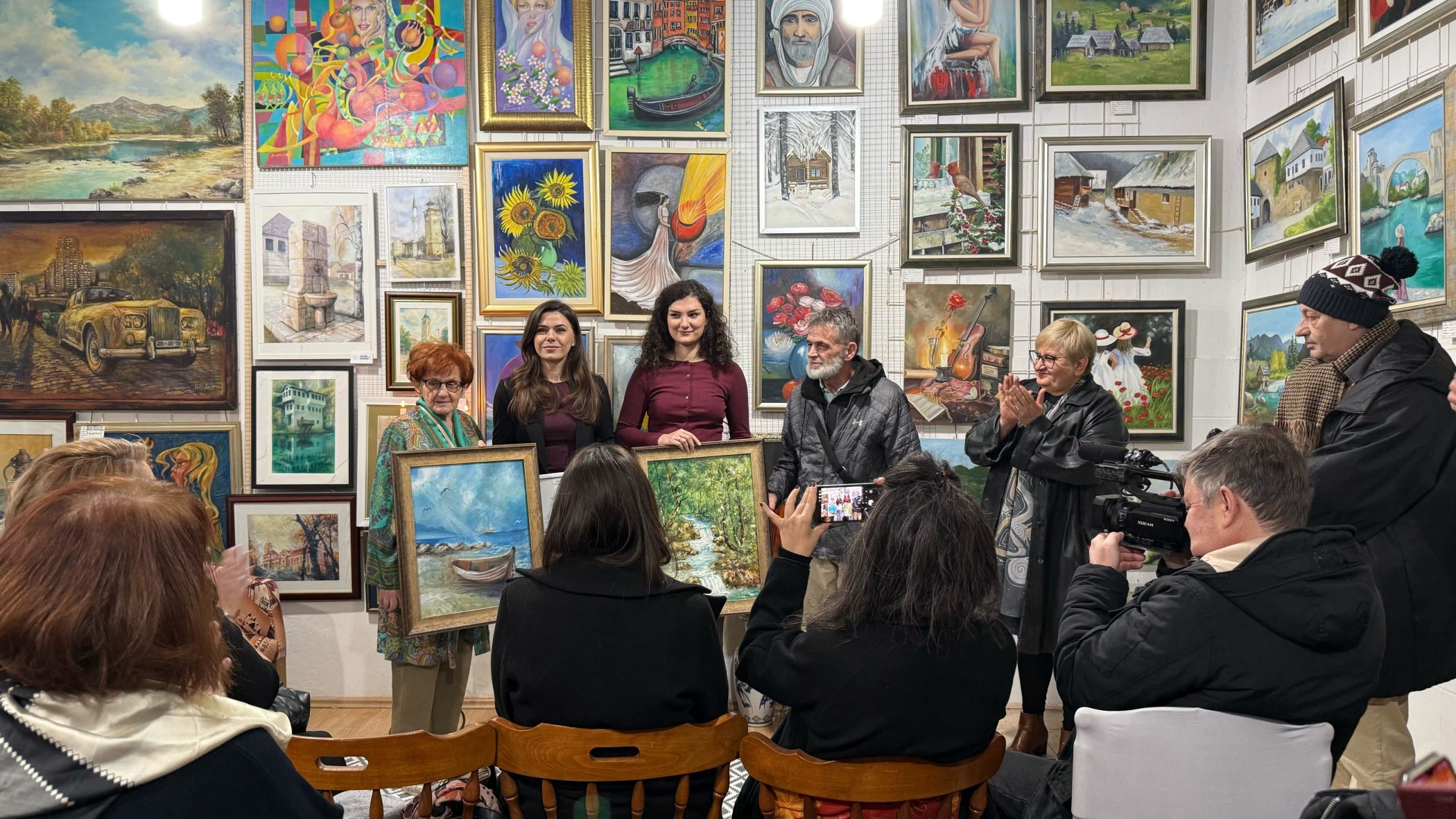This post is also available in: Bosnian
At the trial for wartime abuse at Sarajevo’s Central Prison and Viktor Bubanj barracks, a Serb ex-prisoner recalled being beaten during interrogation and forced to dig up corpses.
Prosecution witness Ranko Macanovic told the court in Sarajevo on Monday that he was taken to the Central Prison in the Bosnian capital in late August 1992, questioned on several occasions and beaten once.
After nearly a month, he was moved to the Viktor Bubanj former army barracks, where wartime prisoners were also held.
“I was brought to the barracks by Colonel Fahro. He told the guard called Kemo that I was a nice guy and should not be beaten. As soon as the colonel was gone, Kemo pushed me to the wall and hit me in the groin,” recalled Macanovic.
He said he was then locked up with other Serbs in a cell which was overcrowded but clean and warm, although there was not enough food until the Red Cross came in November 1992.
Asked by the prosecutor whether he was forced to so hard labour while he was imprisoned, the witness said he was once taken to Mojmilo hill near Sarajevo and ordered to dig up corpses.
“The guards gave me a bottle of wine to drink… I was afraid,” he said.
Macanovic said that he recognised one of the defendants, Iulian-Nicolae Vintila, as a guard at the barracks. He said that the guards behaved decently.
Vintila is on trial together with Ramiz Avdovic for establishing and maintaining a system to abuse Serb civilians at the Central Prison and the Viktor Bubanj barracks between the end of June and the end of November 1992.
The next hearing is scheduled for July 12.

